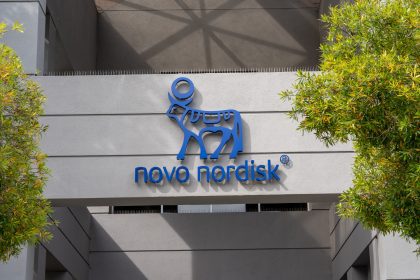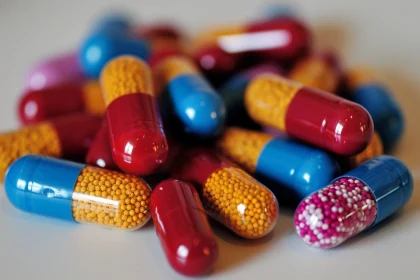In an era of escalating healthcare costs, Americans increasingly face crucial decisions about their prescription medications. The choice between generic and brand-name drugs represents a significant intersection of healthcare quality and affordability, affecting millions of patients nationwide. Recent studies indicate that informed medication choices could save American consumers billions in healthcare costs annually.
Understanding the fundamentals
Generic medications derive from expired brand-name drug patents, containing identical active ingredients but often differing in appearance. These medications undergo rigorous testing to ensure they match their brand-name counterparts in safety and effectiveness, though they typically cost 80 to 85 percent less.
Brand-name drugs emerge from extensive research and development processes, requiring an average investment of $2.6 billion to bring a single medication to market. Pharmaceutical companies maintain exclusive rights to manufacture and sell these drugs for up to 20 years through patent protection.
Clinical trials demonstrate that generic drugs must achieve the same blood concentration levels as brand-name medications, ensuring equivalent therapeutic effects. The FDA mandates that generic versions contain identical active ingredients and meet stringent quality standards.
The science behind drug development
The development process for brand-name medications involves multiple stages of research, testing, and regulatory approval. Scientists first identify promising compounds through laboratory research, followed by extensive clinical trials involving thousands of participants. This process typically spans 10 to 15 years before a drug receives approval for public use.
Generic drug manufacturers follow a different path, focusing on replicating existing formulations once patents expire. While they must demonstrate bioequivalence to the original medication, they avoid the costly research and development phase, enabling significantly lower production costs.
Financial implications for healthcare
The cost differential between generic and brand-name medications creates substantial economic implications for both individual patients and healthcare systems. Insurance companies increasingly encourage generic drug use through tiered copayment systems, while hospitals and healthcare facilities often prioritize generic options to manage costs effectively.
Quality assurance and regulatory oversight
The FDA maintains identical quality standards for both generic and brand-name medications. Manufacturing facilities undergo regular inspections, regardless of whether they produce generic or brand-name drugs. Quality control measures ensure consistent potency, purity, and stability across all medication types.
Global manufacturing considerations
Both generic and brand-name drugs often involve international supply chains and manufacturing processes. The FDA inspects foreign manufacturing facilities with the same rigor as domestic operations, though recent events have highlighted the importance of maintaining robust quality control across global production networks.
Patient considerations and outcomes
Healthcare providers increasingly recognize the importance of discussing medication options with patients. Factors including cost, insurance coverage, individual health conditions, and potential side effects all influence the choice between generic and brand-name drugs. Studies show that patient outcomes remain consistent whether using generic or brand-name medications for most conditions.
Future developments and trends
The pharmaceutical landscape continues to evolve with technological advances and changing healthcare needs. Emerging technologies in drug development and manufacturing may affect both generic and brand-name medication production costs and availability. Additionally, policy changes regarding patent protection and drug pricing could significantly impact future medication choices.
Medical professionals play a crucial role in guiding patient decisions about medication options. Doctors and pharmacists must stay informed about both generic and brand-name alternatives, considering factors such as patient history, potential drug interactions, and individual circumstances when making recommendations.
Addressing common misconceptions
Despite extensive research confirming generic drug safety and efficacy, some patients remain skeptical about choosing these alternatives. Healthcare providers work to address these concerns through patient education and evidence-based discussions about medication options.
The availability of generic medications significantly improves healthcare accessibility for many patients. Lower medication costs often lead to better adherence to prescribed treatment regimens, potentially reducing long-term healthcare expenses and improving patient outcomes.
Making informed decisions
Understanding the similarities and differences between medications empowers patients to make informed healthcare choices. Factors such as cost, availability, insurance coverage, and individual health needs all contribute to determining the most appropriate medication option for each patient.
This comprehensive understanding of medication options supports better healthcare decisions and potentially improves treatment outcomes while managing healthcare costs effectively. As the healthcare landscape continues to evolve, staying informed about medication choices becomes increasingly important for both patients and healthcare providers.














